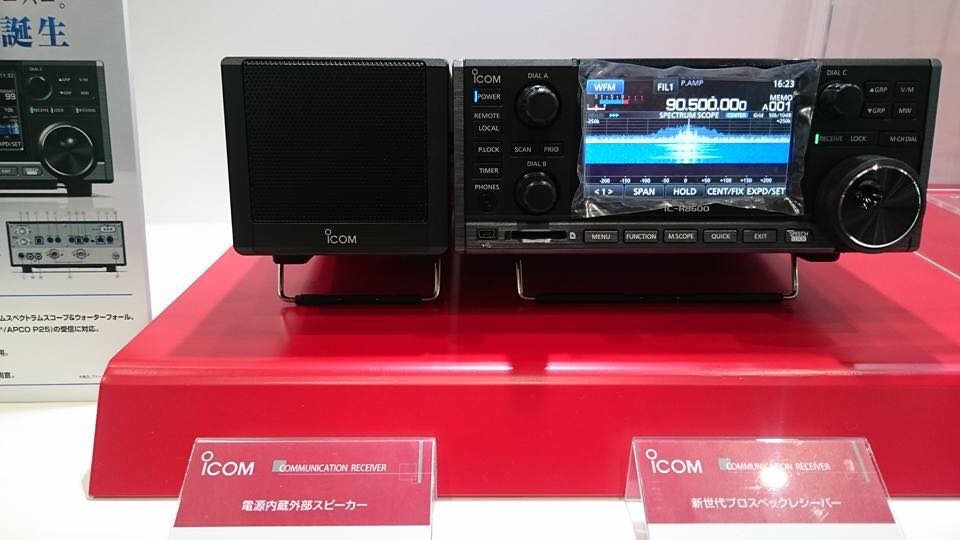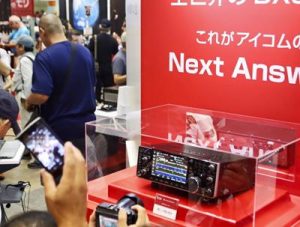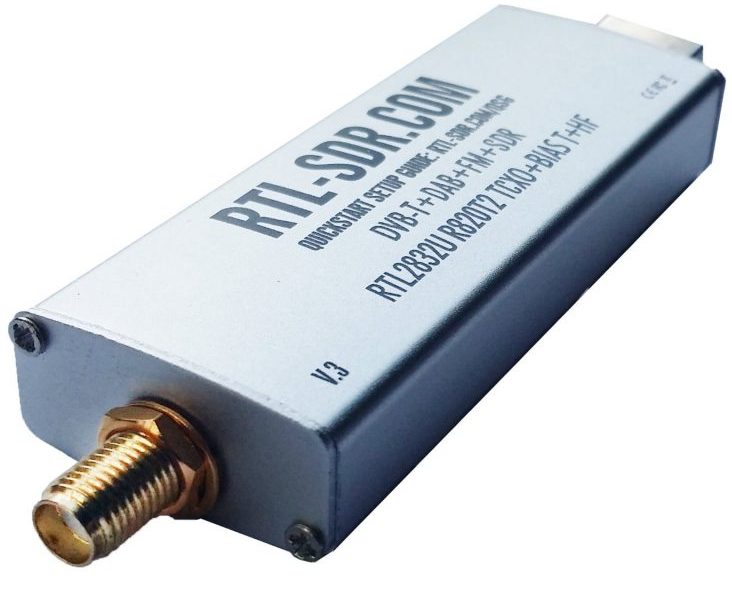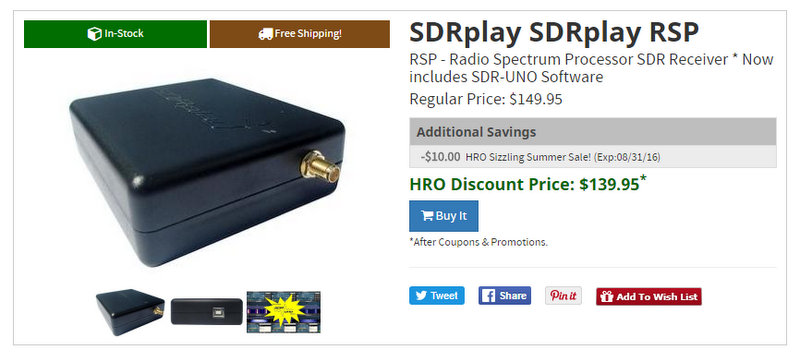
Yesterday, an SWLing Post reader contacted me with questions regarding budget antenna choices for an urban apartment. He’s about to purchase an SDR, but knows that a decent antenna capable of coping with urban radio interference is a critical component.
I suggested that, since I’m no expert with urban interference, he pose his question to the SWLing Post community. Here’s his reply and request:
I know I’m a little behind some of my other radio friends, but I’m finally moving up to a software defined radio. Specifically the affordability of the SDRplay RSP and all good reviews for it have encouraged me to make the leap.
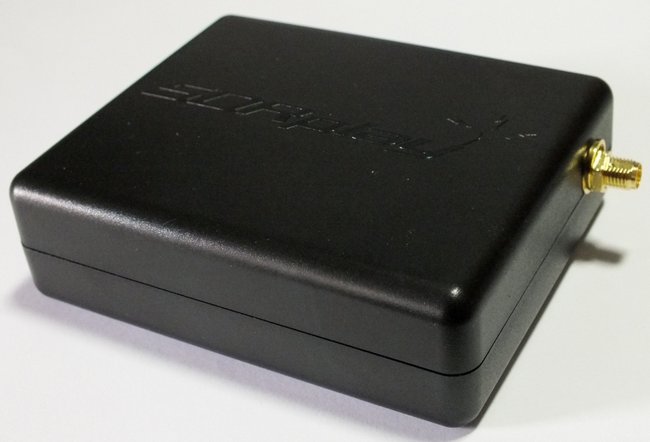
The SDRplay RSP software defined radio
I suppose it should go without saying that once I purchase an SDRplay I would like to use it, which might not be so easy. I live in a big city full of RF pollution, and most of my listening will be in a room where there’s a fair amount of electronic gadgetry.
So, without spending a lot of money, I’m curious if any of your readers might have suggestions about what I might purchase as a “starter kit” for a new SDR user in such a scenario. I also plan to take the SDRplay with me when I have forays out of the city, but I envision that some sort of long wire might be sufficient for listening out in the countryside.
I live on the second floor in an urban apartment, and have two windows in the room where I’ll be listening. There is zero chance that I can hang or attach anything on the outside of the house here. So, my most pressing question is about antenna ideas. I’ll need something inexpensive, as I mentioned, and something “off the shelf.” I don’t have the skills or tools to really “build” anything, unfortunately. So is there some less than pricy antenna or antennas I should look at? Or is there some hope of doing something with a long wire indoors?
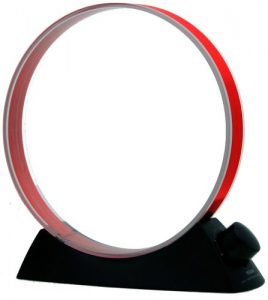
Tecsun AN-100 portable loop antenna
And will my little Tecsun AN-100 AM loop antenna going to help me at all? I mostly plan to listen to MW and the HF bands, but I will inevitably check out signals far up the bands as well. So advise about listening to these bands is also of interest to me.
Other than that, I understand it’s important to attach the SDR to the laptop with a USB cable with ferrite chokes. And it probably wouldn’t hurt to buy some extra ferrite chokes to attach to other cables I might be using. I also plan to buy a NooElec mini-balun for use with a long wire antenna, and I already purchased a PowerMate USB knob because I still prefer to do my “tuning” that way.
So other than those basics my questions would be regarding connecting cables and adapters, and the best lengths of cable to use. Should I have some cable between the balun and SDR? I believe I’ve read that it’s better to have a longer USB cable and a shorter coax to the antenna, correct? And when it comes to using a wire antenna, are there preferences as far as what type or gauge of wire to use?
I am also interested in any general suggestions or tips from SDR users on getting started. In general, I’m pretty good with navigating through software, it’s usually the hardware issues that stump me. I’m looking to spend between $100 to $150 tops on everything besides the SDR, and I’d like to hear about peripherals, cables, adapters and connectors which when added all together won’t bust my bank.
I’m sure there’s plenty of people who read this wonderful blog who have plenty of useful knowledge regarding SDR listening on a budget. And I hope a few could share a little of their experience and collected wisdom on this topic here, for me and for others considering turning their computers into receivers…
Indeed. I appreciate this reader’s question, since many listeners live in environments with heavy radio interference. While we’ve published a number of posts touting the virtues of magnetic loop antennas, I don’t think we’ve ever looked for solutions at or below $150 US. While this may be a challenge, I’m also certain there are a number of readers who’ve found solutions to this problem.
So, Post readers, what might you do–or have you done–in similar circs? Please feel free to comment, and let’s explore inventive and affordable solutions for this reader!
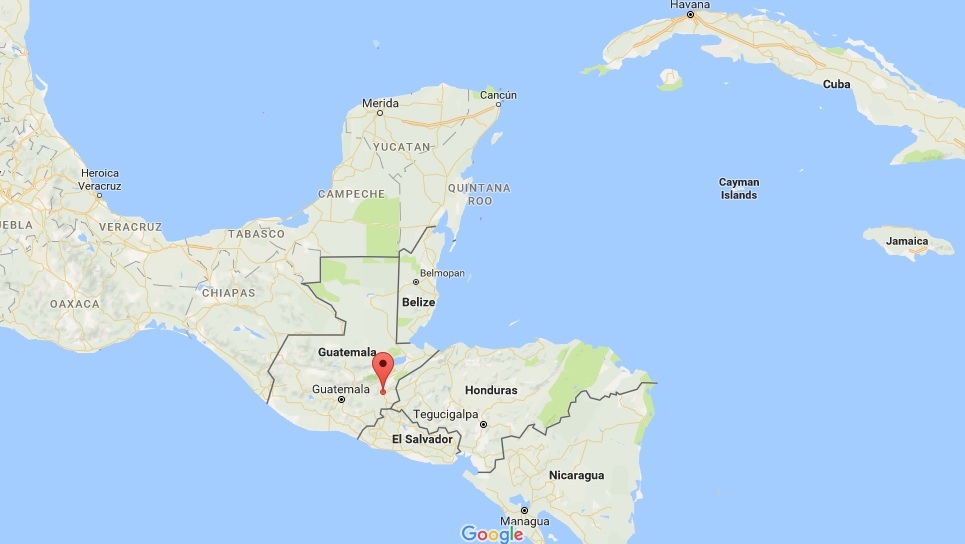 Radio Verdad, Chiquimula, Guatemala is quite a regular catch at home, however, their modulation is nearly always weak as the carrier struggles to lift above the ubiquitous blanket of local QRM. Another issue with hearing this station is the digital utility signal just above 4055 kHz, thus requiring LSB reception to reject the adjacent noise.
Radio Verdad, Chiquimula, Guatemala is quite a regular catch at home, however, their modulation is nearly always weak as the carrier struggles to lift above the ubiquitous blanket of local QRM. Another issue with hearing this station is the digital utility signal just above 4055 kHz, thus requiring LSB reception to reject the adjacent noise.
